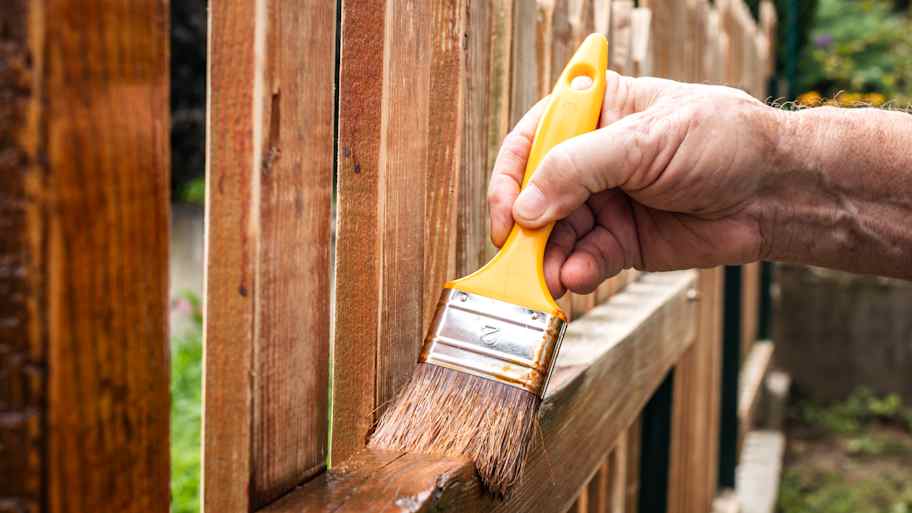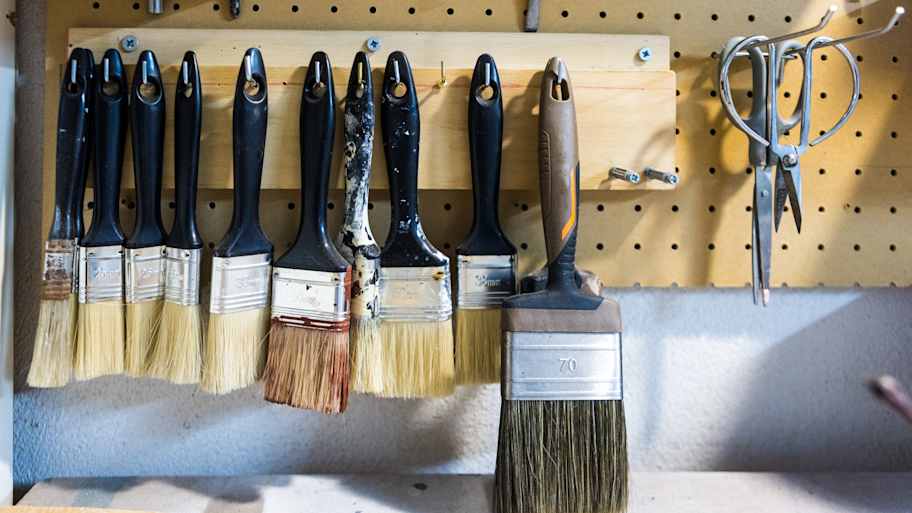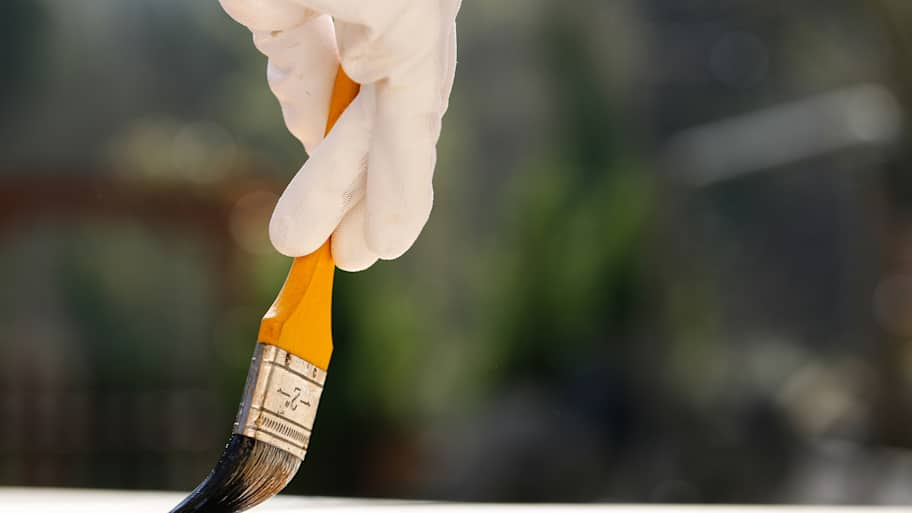
The cost to paint the interior of a house in San Francisco, CA depends on size, layout, type of surface, and more. Learn what factors can influence your total in this guide.
Stain the wood without straining your patience


Wood stain is pretty amazing. It changes the color of wood while still allowing the natural grain and texture to shine through. It even provides a fair amount of protection against the elements. However, wood stain can be finicky to apply correctly, leaving many amateurs scratching their heads. That's where we come in. Here are some useful tips for staining wood to get pro-level results.
There are two basic stain options. Oil-based stains are primarily used on exterior wood, as the oil helps protect the fixture from the elements. However, it takes a long time to dry and smells awful, so it’s not ideal for indoor use.
Water-based stains are less durable but better for indoor projects. The drying time is significantly reduced, and the smell is downright pleasant compared to oil-based stains.

Opt for high-quality paint brushes, which will offer better coverage and help you finish quicker. If using a water-based stain, use a synthetic bristle or foam brush. For oil-based stains, try a natural bristle brush.
Grab some sandpaper and have multiple grits on hand. We recommend having 120, 180 and 220 grit sandpaper, just in case. Finally, scoop up some wood conditioner, finish and sealant. Make sure the sealant is compatible with the stain you chose.
We strongly recommend sanding the wood before applying a stain for a more even coat and better result. Sanding opens up the pores, making for better absorption.
Conditioner helps achieve a more even and consistent stain color, which works particularly well on porous or uneven-grained woods. Skipping this step could lead to blotchiness.
The trick to applying stain like a pro? Work quickly, but carefully. This is because stain sets rather quickly. You want to finish applying the stain within two hours of applying the conditioner.
For the application process, use thin and even strokes. Start with small layers, as too much stain at once could make things too dark. Depending on the size of the fixture, use a paintbrush or even a cloth here.

Staining wood is exacting, and DIYers may not always find optimal results. Consider contacting a local painter or wood stain specialist to guarantee the job gets done correctly. These folks stain wood every day, from decks to cabinets, and will suss out the best type of stain for the job. They'll also handle all aspects of a project, from sanding to applying a finishing sealant. Staining wood cabinets costs anywhere from $4 to $15 per square foot, while staining a deck costs $1 to $7 per square foot.
From average costs to expert advice, get all the answers you need to get your job done.

The cost to paint the interior of a house in San Francisco, CA depends on size, layout, type of surface, and more. Learn what factors can influence your total in this guide.

Discover the cost to install window trim. Learn about price factors, labor, materials, and tips to save on your window trim installation project.

The cost to paint the interior of a house in Detroit, MI depends on size, layout, type of surface, and more. Learn what factors can influence your total in this guide.

From warm neutrals to vibrant tones, you can transform your kitchen with a fresh coat of paint. These 15 paint colors for kitchens are sure to please.

You must choose the best paint for metal surfaces to get the smoothest and longest-lasting coverage. We’ve rounded up 12 of the best paints for metal items in this guide.

If your home has windows galore, you’ll want to pick a color scheme that plays to that advantage. Use these paint colors for rooms with lots of natural light.